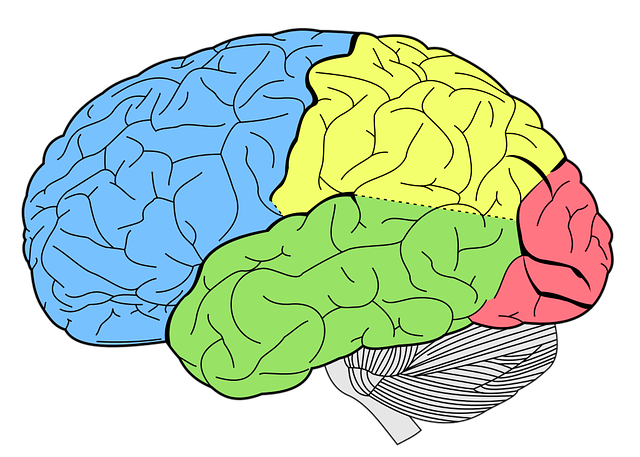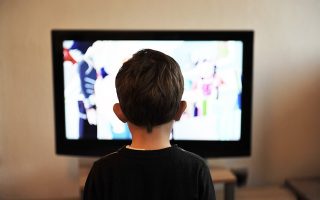Regions of the brain
Reptilian Complex
Medulla Oblongata – Regulates bodily functions like pulse and breathing rates.
Cerebellum – Controls balance and voluntary muscle movement.
Pons – Connects both halves of your body to integrate movement like walking, running or swimming.
Limbic System (Mammalian Brain)
Thalamus – This is the area of the brain that receives all information from the body (apart from smell) and sends it to the right part of the brain.
Hypothalamus – The area of the brain that controls our drive and emotional and sexual responses.
Amygdala – This is the part of the brain that links senses to an emotional significance (like hot soup on a cold day) and help mediate aggression (physical and sexual) plus also is involved in triggering fear.
Neocortex (human brain)
Occipital lobes – Controls visual perception and some aspects of reading.
Parietal lobes – Controls tactile (touch) and spatial perception.
Temporal lobes – Controls memory, musical awareness, sequencing, language comprehension.
Frontal lobes – Controls attention, motivation, initiation, personality, social behaviour, judgement, decision making, problem solving, expressive language.
Brain growth prior to birth
As a foetus develops the three parts of the brain develop, the reptilian (or hindbrain), the mammalian (or midbrain) and the future human brain (the forebrain). These are formed within the first month of pregnancy and is followed by the development of the Medulla Oblongata and the start of other regions, such as the Cerebellum, the Pons and the Neocortex. During the fifth week the developing brain also begins the process of folding into the shape it will eventually develop.
The development of the brain continues throughout the remainder of the pregnancy, with the neurons migrating into the final positions during the two latter trimesters of pregnancy. The process of refining the brain cells that are required also begins at this stage and continues throughout childhood (a process called apoptosis). Synaptogenesis then begins, this is the process of connecting, then strengthening (myelination), the connections between brain cells. This continues throughout childhood and is revisited during adolescence (see below).
Brain development during early years and childhood
The bonding your baby experiences helps with the connection and strengthening of different parts of the brain. As they experience new activities and games, different parts of their growing brain are fired up. This tells the brain that these neurons are needed and to connect them up. The more these activities are revisited, the more the conductivity to them is strengthened. Unused neurons are lost as our brain ruthlessly axes the ones that have not been activated. It then focuses on further myelination of the remaining brain cells as the growing child learns behaviours and achieves social competence.



